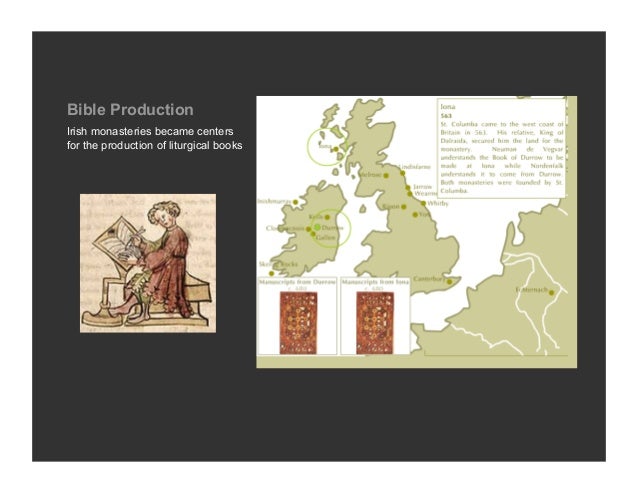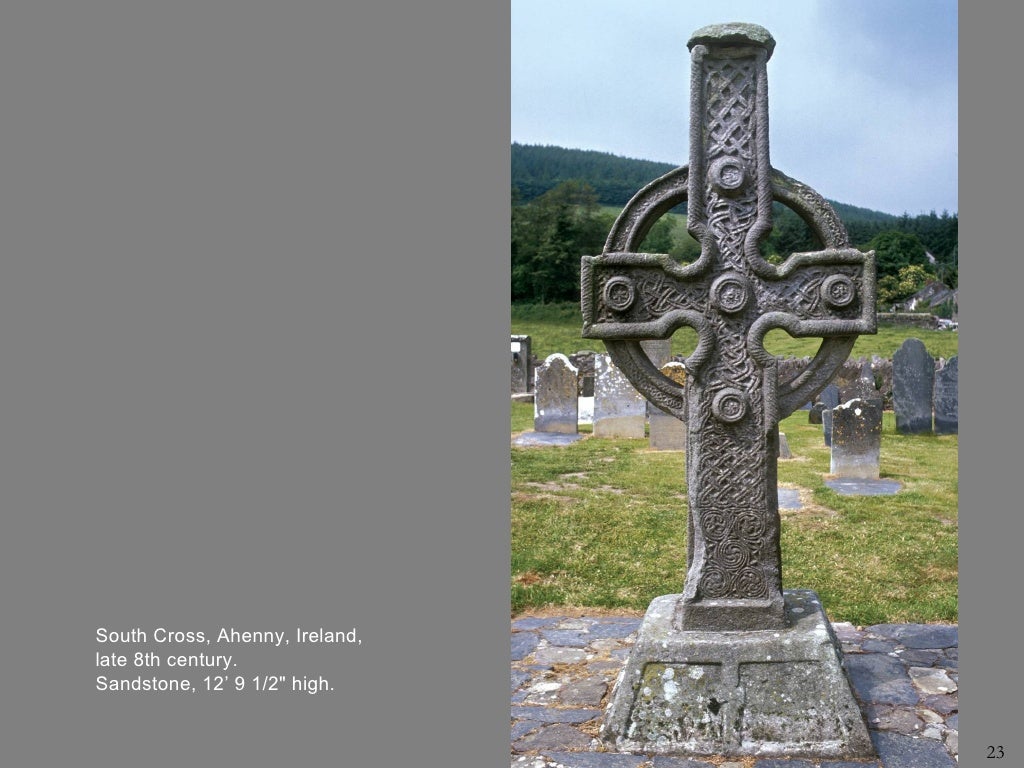

#Early medieval art skin#
Many scholars suggest that the Black Madonnas were meant to be black, but were actually depicting Virgins who were "sunburnt." On Dewalt's blog, she highlighted a discussion in which a commenter suggested that figures with dark skin in certain psalters and portraits were dark only because of how the dyes used in them had aged over centuries. That's when European countries began exploring and Spain expelled its black African population, which settled elsewhere on the Continent.īut history and race are always contested spaces. "There's actually been a great deal of recent scholarship on the topic, especially in the years after 1500," he says. Mark Rosen, an art historian at the University of Texas, Dallas, says there's been a flowering of academic interest on race in European art.


"It's very common for me to post a work of art, and then to have someone from medieval literature add information from that discipline, and then to have someone from military history add some context from their discipline," she says.Īnd there are a lot of folks interested in this. "It's tempting to ask whether they were primed for this by the actual ethnic diversity of the medieval Iberian world, where there were Africans, Arabs, Jews, and other non-European groups in some numbers," she says.įor Dewalt, the blog is a chance to share findings from her personal research and a way to compare notes with art scholars and aficionados. Pamela Patton, a professor of art history who focuses on Iberia, says that artists from the Middle Ages "seem clearly interested in representing a diversity of ethnic variations, including different skin colors, hair textures, and facial features." "his blog is here to emphasize the modern racism that retroactively erases gigantic swaths of truth and beauty."Īnd she means erased literally: While it was once the convention to depict one of the Magi - the fabled "three wise men" of the Christian folklore - as a dark-skinned black man, many dark-skinned people who appear in portraits of European royals were later painted white or simply cropped out when they were reproduced in textbooks. "All too often, these works go unseen in museums, Art History classes, online galleries, and other venues because of retroactive whitewashing of Medieval Europe, Scandinavia, and Asia," she writes. The blog's author, Malisha Dewalt, says that her goal is to challenge the common perception that pre-Enlightenment Europe was all white, which she argues is a much more recent and deliberate invention. The Tumblr sounds a bit like a college course: People of Color in European Art History.Īnd its goal is pretty ambitious. This painting, Adoration of the Magi, is by Bartolome Esteban Murillo. It became an artistic convention during the Middle Ages to depict Balthazar, one of the fabled Magi who come to greet the newborn Christ, as a dark-skinned man.


 0 kommentar(er)
0 kommentar(er)
